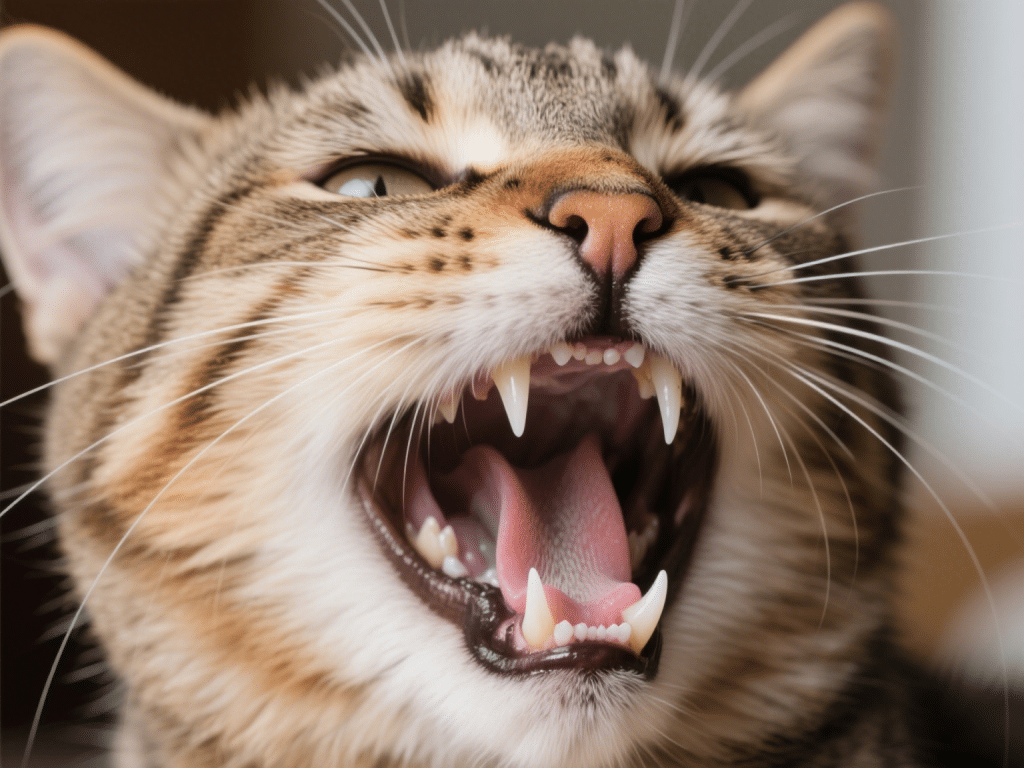
Feline Dental Health: Preventing Tartar, Gingivitis, and Bad Breath
Dental disease affects up to 85% of cats by age three—often silently. As a veterinary te...
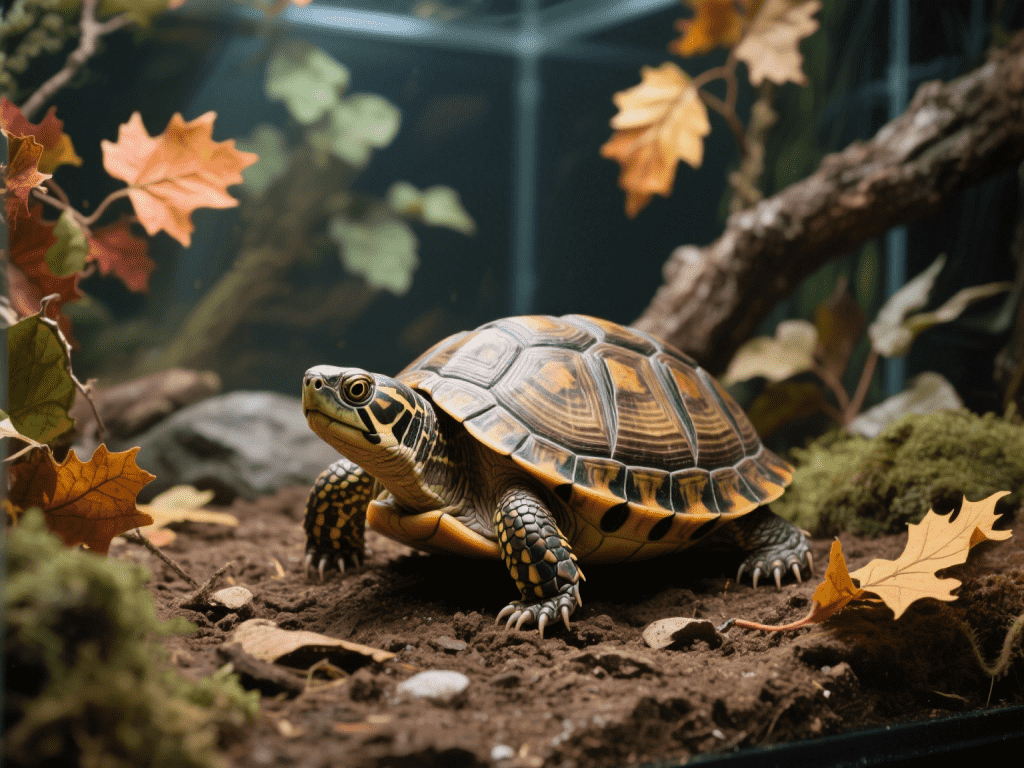
In my eight years caring for a variety of freshwater and terrestrial turtles, I’ve noticed that each season brings unique health considerations. From temperature fluctuations in spring to brumation prep in fall, a proactive seasonal checklist helps prevent illness and supports natural behaviors. This guide will walk you through the essential health assessments and habitat adjustments for each time of year.
Weight & Appetite: Track food intake; gradual increase over 2–3 weeks.
Shell Inspection: Look for soft spots or discoloration indicating rot.
UVB Exposure: Replace UVB bulb if over six months old.
Hydration Levels: Offer a shallow soak daily; monitor skin elasticity.
Water Quality: Clean tank biweekly; test for ammonia and nitrates.
Parasite Screening: Check for leeches or flukes in semi‑aquatic setups.
Temperature Tapering: Gradually reduce basking temp by 5 °F per week.
Fasting Protocol: Stop feeding 2–3 weeks before expected brumation.
Environment Dry‑Down: Lower humidity for terrestrial species.
Hibernaculum Check: Maintain stable 45–55 °F incubation chamber.
Minimal Disturbance: Limit handling; weekly visual checks only.
Emergency Warmth: Have a heat pack ready if temps drop unexpectedly.
Fecal Exams: Every 6 months to screen for internal parasites.
Blood Panels: Annual biochemical profiles for organ health.
Shell Cultures: If unexplained lesions or spots appear.
A season‑by‑season approach to turtle care not only aligns with natural behaviors but also safeguards against common health pitfalls. By conducting regular checks and adjusting habitat parameters, you’ll foster a resilient, thriving shelled companion all year long.

Dental disease affects up to 85% of cats by age three—often silently. As a veterinary te...
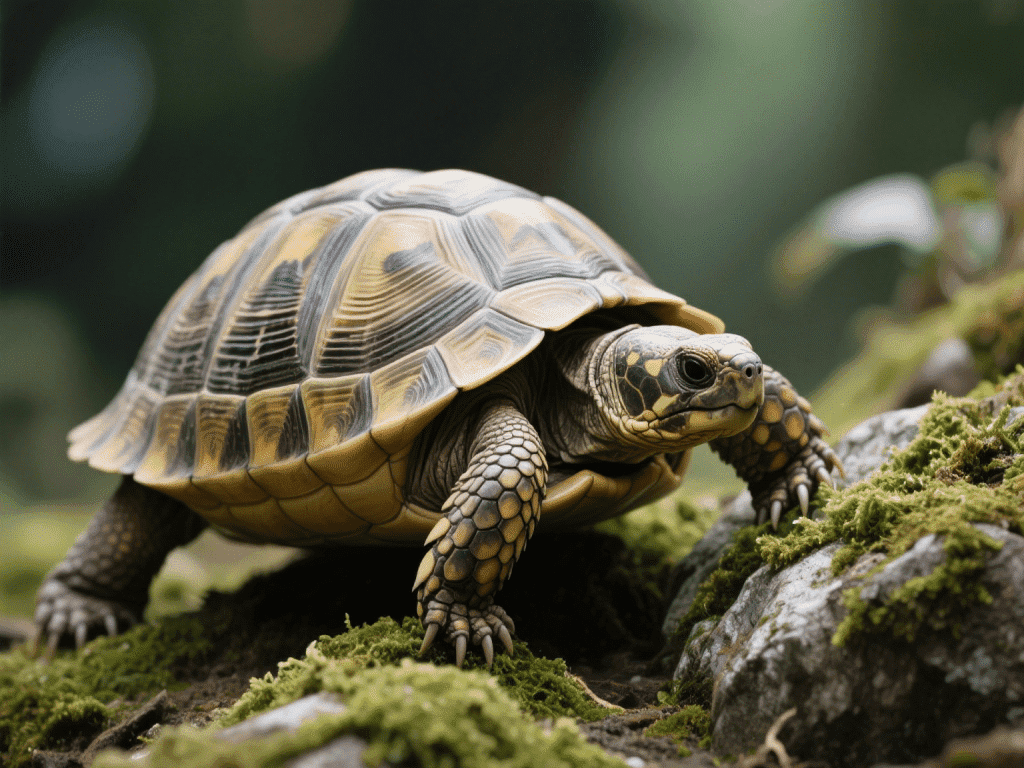
Land turtles captivate owners with their ancient grace—but their shells demand specific ...
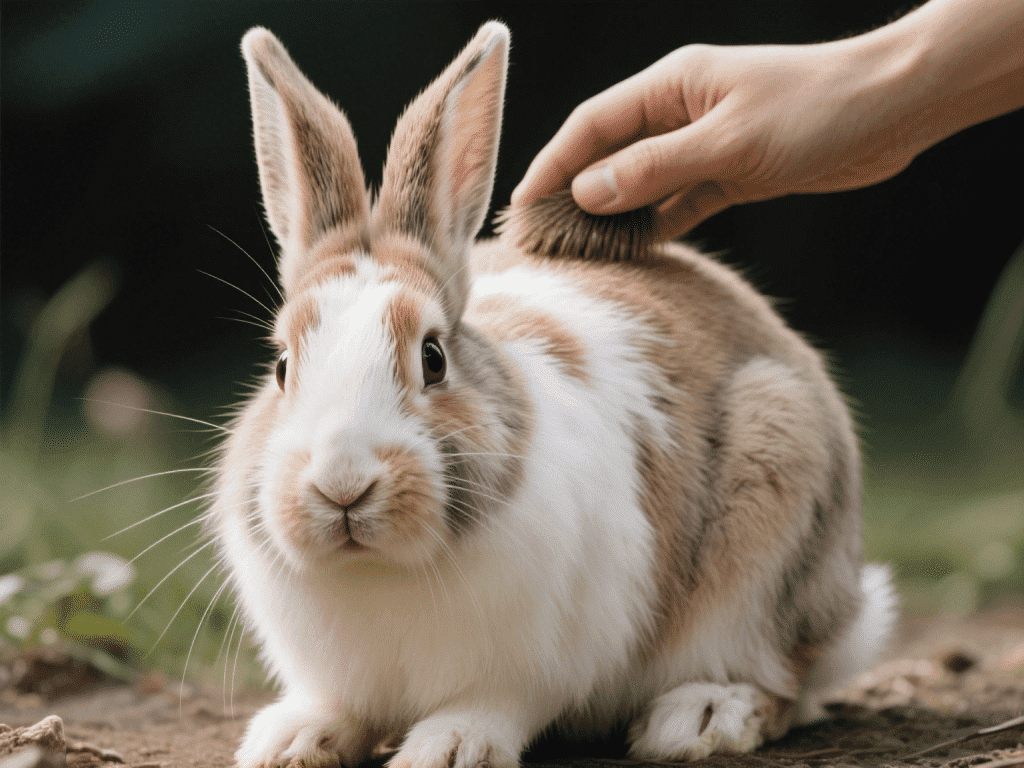
As a long‑time rabbit enthusiast and professional blogger, I’ve helped hundreds of bun...

As a seasoned pet blogger with over a decade of experience in feline behavior, I’ve guid...
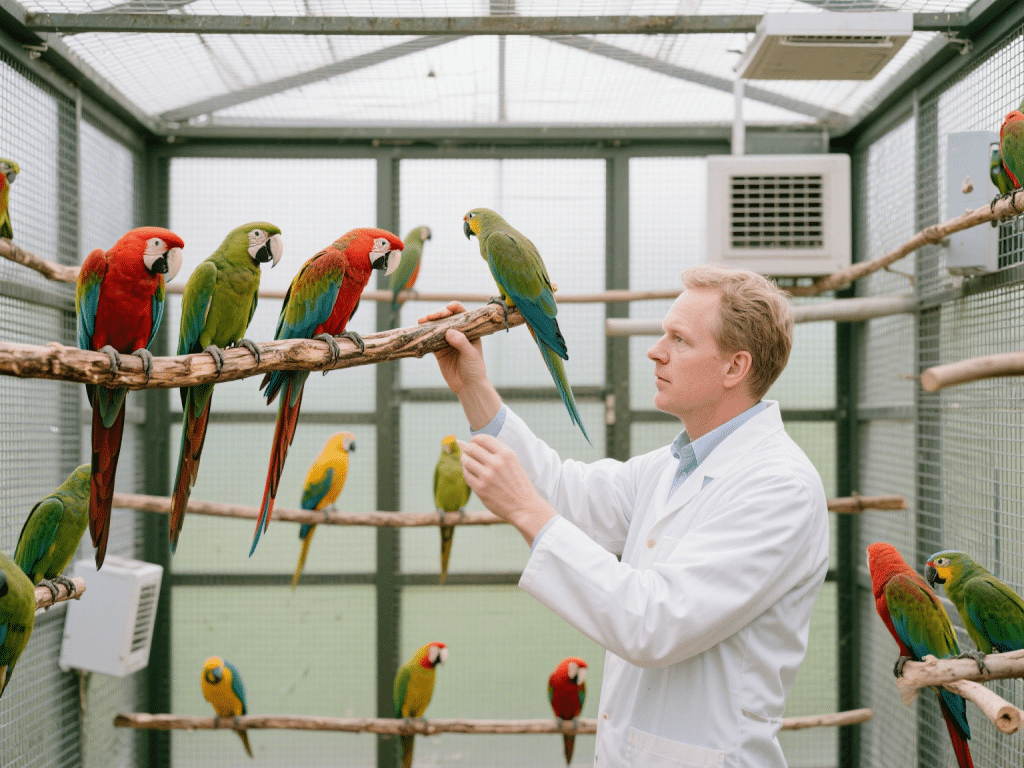
Pet birds possess highly sensitive respiratory systems; poor air quality can lead to asper...

Houseplants breathe life into your home — but many popular varieties can be toxic to cat...
Comments on "Seasonal Turtle Health Check: What to Watch For" :